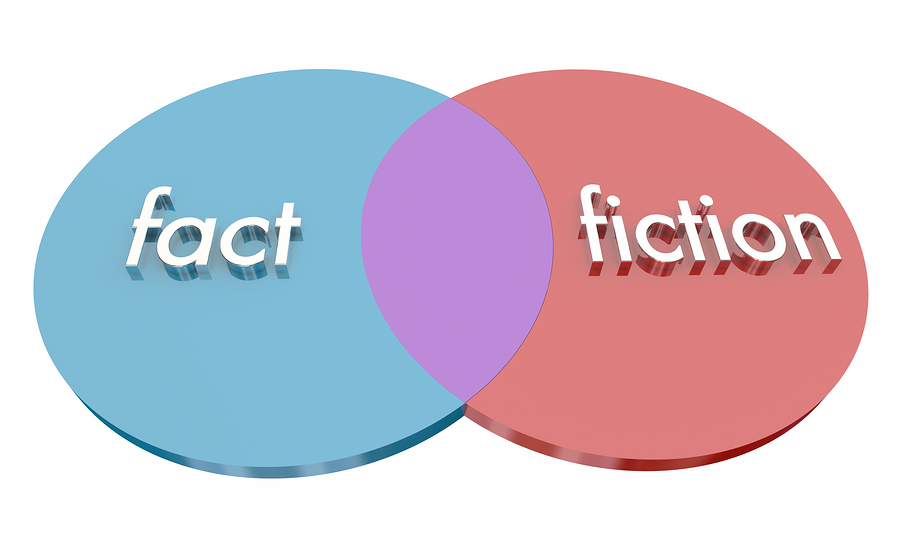
Today’s guest post is from our client Mindy Obenhaus. She is a three-time Carol Award nominee who writes contemporary romance. Mindy is passionate about touching readers with biblical truths in an entertaining, and sometimes adventurous, manner. When she’s not writing, she enjoys cooking and spending time with her grandchildren at her Texas ranch. Learn more at www.MindyObenhaus.com.
___________
Setting is an integral part of any story. Done well, it can become another character. But choosing your setting can be a challenge. Is it a real place or one that only lives in your head?
Me? All of my books have been set in the real town of Ouray, Colorado. However, there are others who find real places too restricting. So how do you decide?
Fictitious settings are limitless, while real settings have confines.
While this is true, there are pros and cons to both.
Fictional locations still need to be created and grounded in a real sense of place. This includes landmarks, gathering places, history, dialect, and weather. What grounds your setting? Do people meet at the local coffee shop or the stable? When they want a soda, do they reach for a “pop” or a “coke?” Do shops and restaurants stay open late, or do the streets roll up at sunset? And be sure to keep notes of all of those details. Especially if you’re writing a series. You don’t want your courthouse in one location in book one and then describe it differently in book three.
In real locations, most of those things are already decided for you. However, they can also create limitations. Case in point: my setting of Ouray. It’s a tiny town with one grocery store, a hardware store, no drive-through restaurants; and nothing is open 24 hours. It’s also 30 minutes to the nearest fast-food restaurant, supercenter, home improvement store, and hospital. These are all things that need to be kept in mind while I’m writing.
Yet while these limitations may force the author to be more creative, the good news is that they can also create conflict for our characters. If a baby wakes up at midnight with a fever and there’s no Tylenol in the house, what do they do? Or if your self-reliant heroine has a flat tire on her motorcycle and needs a plug to fix it but the hardware store is all out, she may be forced to ask our hero, the one man she does not want help from, to help her out.
Create fictitious places in a real setting.
Using a real setting in your book doesn’t mean you have to be rigid. Granted, Ouray would not be Ouray if it were not enveloped by mountains. And there are a few places in town that are fixtures, but that doesn’t mean I can’t create fictitious places in and around the area. I might give an existing shop or restaurant a different name or make it a different business altogether. Mountain settings can be a combination of more than one place. Or I can create a fictitious ranch set just outside of town. The key is believability, something that also holds true for fictional settings. You can create whatever you want; but if it doesn’t hold true with the character of your setting, readers aren’t going to buy it.
Work with your setting, not against it.
Whether real or fictitious, consider what’s unique about your setting. Are there any jobs or hobbies that might grow organically out of it? What about a town’s history and the legacy left behind?
I learned this when I was writing my first book. I knew that something potentially dangerous had to happen to one of my characters. I researched diseases and ailments until I was blue in the face before I finally decided what would be wrong with them. But when I told my husband, he said, “Well, that’s silly. Why not use your setting?”
Talk about a “duh” moment. Here I was trying to contrive something when I could have that danger grow organically out of my setting, which, in the end, made a much stronger story.
Think about how you can put your setting to work for you.
Take the time to get to know your setting.
Whether your setting is real or fictitious, you owe it to yourself and your readers to learn everything you can about it. What makes it special? If it’s a real place, how do locals view things versus how visitors see them? Learn what they might do or where they might go.
Setting is an important part of any story and can be a powerful tool. With a little thought and planning of your fictitious location or research and exploration of someplace real, you can make the most of your setting, putting it to work for you in ways you might never have imagined. And in the end, your story will be better for it.



 Why Is Writing a Hook So Hard for Me?
Why Is Writing a Hook So Hard for Me?

Great insight, Mindy. Thank you for sharing! I’d tossed around the idea of real places or fictitious. You helped answer some of my questions.
You’re welcome, Loretta. It is a tough decision sometimes. Hope this helps.
One of my favorite things is to visit sites for the book I’m writing. I like to check how the shadows fall on the store fronts, smell the cinnamon emanating from the bakery, hear the sounds of gossip coming from the open window of the beauty parlor. My next trip is to Haarlem, a suburb of Amsterdam. I’ll sample the food and drinks, climb the steep steps of the tall houses. I can’t wait.
Sherri, that’s the best kind of research. When you include all of the senses, it gives you a genuine feel for our setting.
Great post, Mindy, on a subject that can sometimes be make-or-break for a story’s veracity.
The lives we live are wholly fiction,
and none of the above is real,
conjured by our own direction,
we’re planning for the coming reel.
We are the heroes of our stories
and live in palaces so refined,
but others may not see the glories
that breathe and live within the mind.
The street name may remain the same,
but the coffee shop’s clientele
to one are victors in life’s game
and to another, harbingers of hell.
What we behold’s neither truth nor fraud,
just an aspect of what’s seen by God.
Thank you for that, Andrew.
I enjoyed this article. My setting is Chicago and I haven’t been to the area I’m writing about but have gone on youtube and “walked the streets” through the eyes of the person who filmed it. I’m writing the book based on some family history so I have journals, etc. My fear was that I may not come off as authentic but your article gave me some ideas.
Georgia, Google maps is also a good resource for putting yourself “there.” Type in an address and then move the little yellow guy to street level. You can turn this way and that to see all of your surroundings.
I used the Google maps approach plus what I could find on other Internet sources to search for every detail I could find about the Illinois Governor’s mansion – felt a little like stalking…
Fortunately, D A, it only allows you to zoom in so far.
Wonderful advice! I enjoy reading both fictional and set in life settings as a reader and have written both as a writer. I live at a Bible camp, but very much enjoyed creating my own “ideal” camp in my head for a MG project I’m working on. That way I could have cabins in trees (a dream of my husband’s) and a huge and dangerous cliff for my young heroes to be drawn to, plus Sasquatches!
Kristen, I think I’d like to read that book!
Ha ha! Me, too! I need to finish it! Well, finish the latest draft. I’m like, 10 drafts in. But you give me hope, there are Christian MG readers out there!
Thanks for a great post, Mindy! In the past I’ve “borrowed” a real town, then drew my own town / map right over the Google map of the area. In my new series, I started from scratch, with a map and a key to the major locations in the city (hospital, downtown area, COFFEE SHOP, schools, churches, etc. The camp and tourist town to the north plays a significant role in the story.
I’m very visual and have to “see” where my peeps live and play and work.
That’s a great idea, Robin. I’m a visual person, too. We simply have to see things.
I’ve fallen in love with a town name, Arkabutla, Miss. And it has a lake, which is important to the plot. I want to follow in the footsteps of Joshilyn Jackson, whose book “Between, Georgia” picked up the town of Between and moved its location within the state entirely. I need my town to be closer to Memphis. I covered a kidnapping in my career as a journalist that always stayed with me. When a story started developing in my head, it was partly a way to create a happier ending. The book has matured and changed so completely since then, but I keep picturing the town where that took place — a small town with a major delineation of wealth and poverty near enough to a big city that many people moved to the lake and commuted. Can Joshilyn Jackson just get away with it because she’s an NYT best-selling novelist? Or can it be done?
It can definitely be done, Melanie.
Hi Minday: As a marketing person, I believe that the strongest point about using a real location it the selling power of using a location that millions of people have visiting and millions more have on their bucket list to visit in the future. Location sells books. Help your marketing people out: select a high selling power location to set your story. That is, if you want to sell the most books. O)
Vince, I hadn’t thought about that before, but you make an excellent point.